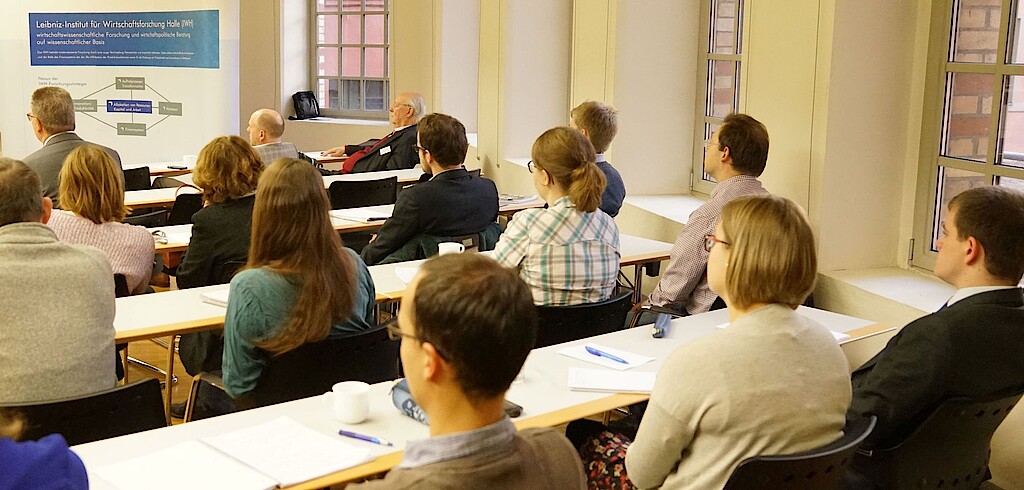
14:15 - 15:45
Plants in Space
We study the number, size, and location of a firm’s plants. The firm’s decision balances the benefit of delivering goods and services to customers using multiple plants with the cost of setting up and managing these plants, and the potential for cannibalization that arises as their number increases.
Wer
Wo
We study the number, size, and location of a firm’s plants. The firm’s decision balances the benefit of delivering goods and services to customers using multiple plants with the cost of setting up and managing these plants, and the potential for cannibalization that arises as their number increases. Modeling the decisions of heterogeneous firms in an economy with a vast number of widely distinct locations is complex because it involves a large combinatorial problem. Using insights from discrete geometry, we study a tractable limit case of this problem in which these forces operate at a local level. Our analysis delivers predictions on sorting across space for industries with many plants per firm. Compared with less productive firms, productive firms place more plants in dense high-rent locations and place fewer plants in markets with low density and low rents. Controlling for the number of plants, productive firms also operate larger plants than those operated by less productive firms. We present evidence consistent with these and several other predictions using U.S. establishment-level data. Read more ...
To join the lecture via ZOOM, please contact Javier Miranda.
Ihr Kontakt

Leitung CBPD
Für Rückfragen stehe ich Ihnen gerne zur Verfügung.
+49 345 7753-750 Anfrage per E-Mail



